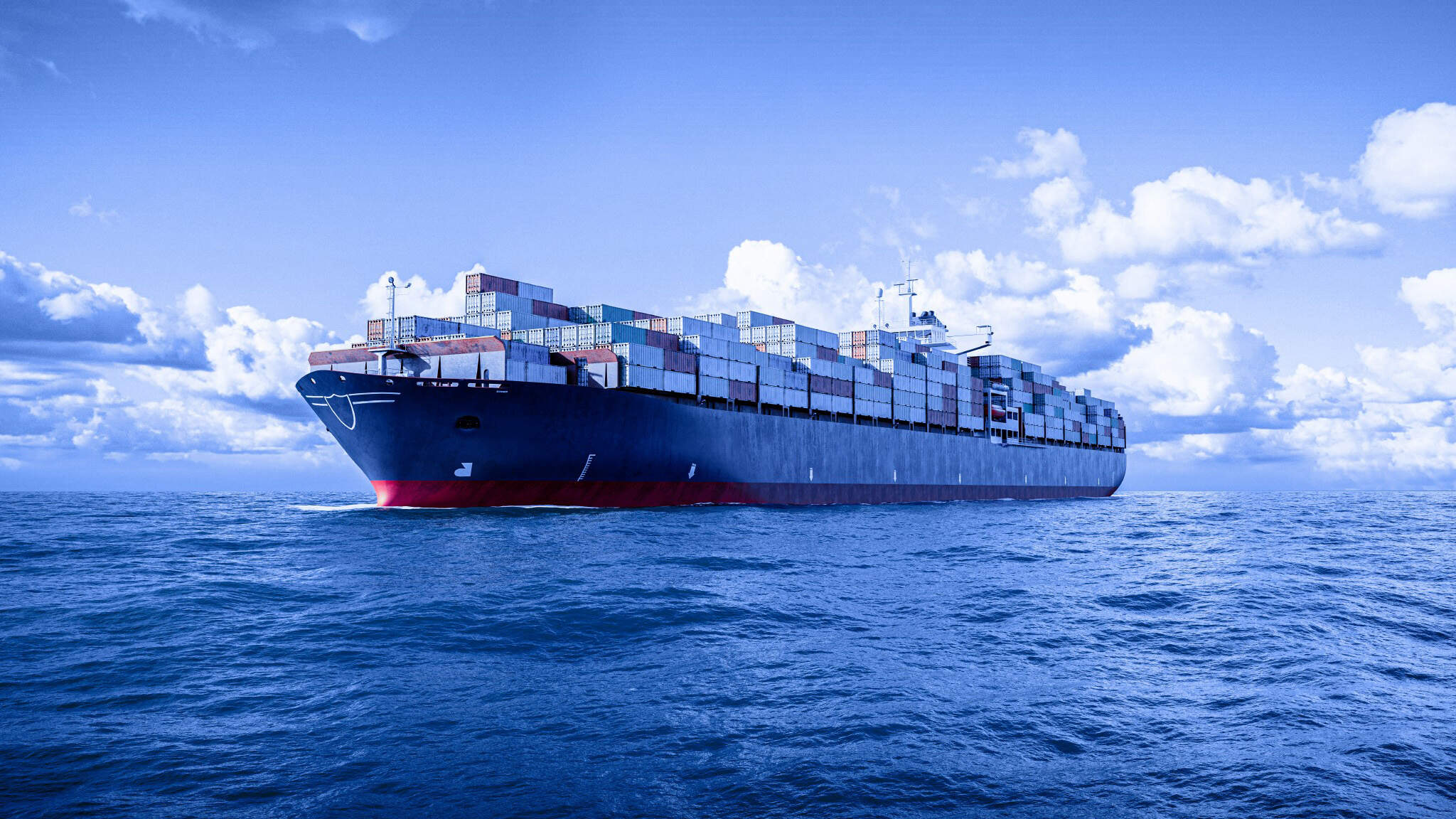
The European Union Emissions Trading System (EU ETS) is a vital element of the EU’s commitment to reducing greenhouse gas emissions. With its expansion to encompass maritime transport, shipowners face a new landscape of regulations and responsibilities. Understanding this framework is essential for compliance and supportable in the shipping industry.
Overview of the EU ETS
At its core, the EU ETS operates on a cap-and-trade basis. It establishes a limit on total emissions across various sectors, including industry and energy. Companies receive a set number of allowances, representing their right to emit a certain quantity of greenhouse gases. These allowances can be bought, sold, or traded, providing a market-driven approach to emissions reduction.
The Cap-and-Trade Mechanism
The cap-and-trade mechanism is designed to promote environmental accountability. As the overall cap on emissions is gradually lowered, the pressure increases on companies to innovate and implement cleaner technologies. This system incentivizes emissions reductions by allowing companies that exceed their targets to purchase allowances from those who have successfully lowered their emissions.
Impact on Maritime Transport
Starting in 2024, the EU ETS will extend its reach to maritime transport, introducing a new layer of complexity for shipowners operating in European waters. This development aims to address the significant carbon footprint associated with shipping, which is one of the fastest-growing sources of GHG emissions globally.
Emission Monitoring Requirements
Under the new regulations, shipowners will be responsible for monitoring their vessels’ emissions, including carbon dioxide (CO2) and other pollutants. This necessitates:
- Implementing Monitoring Systems: Ships will need advanced monitoring technologies to accurately measure emissions. This could involve the installation of sensors or utilizing existing onboard systems that can provide relevant data.
- Data Accuracy and Reliability: Ensuring the accuracy of emissions data is paramount. Shipowners must establish rigorous data collection protocols to facilitate compliance with reporting requirements.
Purchasing Allowances
With the introduction of maritime emissions trading, shipowners will need to purchase allowances corresponding to their emissions levels. There are two primary pathways for acquiring these allowances:
- Auction Participation: The EU will hold regular auctions for allowances, providing shipowners the opportunity to bid for the permits they need.
- Secondary Market Transactions: Shipowners can also buy allowances from other companies, creating a flexible trading environment that can help manage costs.
As the market for allowances develops, shipowners must stay attuned to price fluctuations and trends, which will impact their operational budgets.
Reporting Obligations
Accurate and timely reporting will be crucial under the EU ETS. Shipowners are required to submit regular reports detailing their emissions and the allowances they hold. This includes:
- Submission of Detailed Reports: Shipowners must prepare comprehensive reports that accurately reflect emissions data and ensure compliance with EU standards.
- Adhering to Regulatory Standards: Compliance with reporting standards is non-negotiable. Shipowners should be prepared to face penalties for any lapses in reporting accuracy or timeliness.
Establishing clear internal protocols for reporting will help streamline the process and reduce the risk of non-compliance.
Risks of Non-Compliance
Failure to comply with EU ETS regulations can result in substantial fines and penalties. Beyond financial repercussions, non-compliance could damage a company’s reputation and hinder its operational effectiveness.
Shipowners should recognize that maintaining compliance is an ongoing endeavor, requiring continuous monitoring and adaptation to new regulatory developments. Proactive measures in compliance can foster trust with stakeholders and position companies as leaders in sustainable maritime practices.
Preparing for Compliance
To navigate the complexities of the EU ETS, shipowners should take the following proactive steps:
- Educate Key Personnel: Ensure that decision-makers and operational teams are well-informed about EU ETS requirements and implications for maritime transport.
- Evaluate Emissions Profiles: Conduct a thorough assessment of your fleet’s emissions to understand potential allowances needed for compliance.
- Create a Compliance Framework: Develop a structured approach that outlines monitoring, reporting, and allowance procurement strategies. This framework should be adaptable to accommodate regulatory changes.
- Invest in Innovative Technologies: Explore emerging technologies that can enhance fuel efficiency and reduce emissions. Consider options like alternative fuels or energy-saving devices that can significantly lower a vessel’s carbon footprint.
- Stay Updated on Regulatory Changes: Maintain vigilance regarding developments in the EU ETS and adjust strategies accordingly. Participation in industry forums and networks can provide valuable insights into evolving best practices.
- Implement EU ETS Management Practices: Establish effective EU ETS management strategies to ensure that compliance efforts are coordinated and efficient. This includes setting up monitoring systems, defining responsibilities, and creating protocols for allowance trading and reporting.
Conclusion
The integration of maritime transport into the EU ETS is a crucial step toward achieving climate goals and reducing emissions from the shipping sector. By embracing the challenges and opportunities presented by this regulatory framework, shipowners can not only ensure compliance but also contribute to a more sustainable maritime industry.
As the landscape of emissions trading evolves, shipowners who remain proactive in understanding and adapting to these changes will be better positioned to thrive in an increasingly environmentally conscious market. The journey toward a greener future in maritime transport begins with informed decision-making, effective EU ETS management, and a commitment to sustainable practices.
